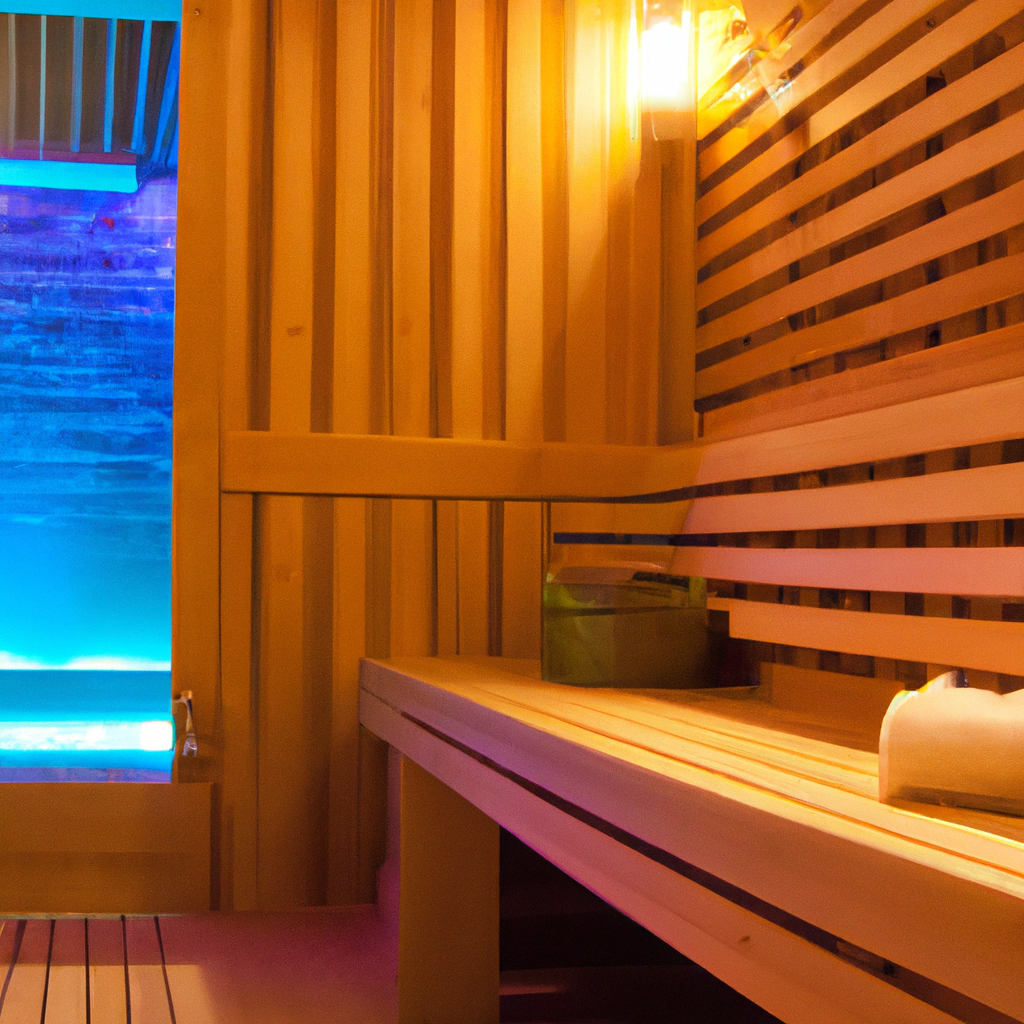
Unlocking Wellness: The Benefits of Contrast Therapy with Sauna and Cold Plunge
- John Jameson
- 0
- Posted on
In the quest for optimal health and recovery, contrast therapy has emerged as a powerful technique that combines the benefits of heat and cold therapy. This practice typically involves alternating between a sauna session and a cold plunge, creating a unique physiological response that enhances recovery, improves circulation, and promotes overall wellness. In this article, we will explore the science behind contrast therapy, how to properly perform it, and the numerous benefits it offers.
Understanding Contrast Therapy
Contrast therapy involves exposing the body to alternating temperatures, typically through the use of a sauna and a cold plunge. The typical regimen starts with a period of heat exposure, followed by a brief cold exposure, and this cycle can be repeated several times. The idea is to leverage the physiological responses to both heat and cold to enhance recovery and health.
Benefits of Sauna Therapy
Saunas, particularly near-infrared saunas, offer numerous health benefits:
- Improved Circulation: The heat from the sauna dilates blood vessels, increasing blood flow and oxygen delivery to tissues.
- Muscle Relaxation: Heat helps to relax muscles and ease tension, which can be particularly beneficial after workouts.
- Toxin Elimination: Sweating promotes the excretion of toxins and impurities, leading to a detoxification effect.
- Enhanced Skin Health: Regular sauna use can improve skin tone and texture. For skin care tips post-workout, check out Glowing Skin: Sauna After Workout Skincare Tips You Need to Know.
The Cold Plunge Experience
Following sauna therapy, a cold plunge introduces a stark contrast that can invigorate the body:
- Reduced Inflammation: Cold exposure helps to constrict blood vessels, reducing inflammation and soreness in muscles and joints.
- Enhanced Recovery: Cold plunges can speed up recovery time after intense workouts by reducing muscle damage.
- Improved Mood: Cold exposure triggers the release of endorphins, leading to improved mood and reduced stress levels.
How to Perform Contrast Therapy
To effectively practice contrast therapy, follow these guidelines:
- Start with the Sauna: Spend 12 to 15 minutes in the near-infrared sauna. Focus on relaxing your body and allowing your muscles to warm up.
- Transition to Cold Plunge: Quickly move to the cold plunge for 2 to 5 minutes. The cold water will shock your system, prompting a range of beneficial responses.
- Repeat the Cycle: You can repeat the sauna and cold plunge cycle 2 to 3 times, depending on your comfort level and experience.
Best Practices and Tips
To maximize the benefits of contrast therapy, consider the following:
- Stay Hydrated: Drink plenty of water before and after your sessions to prevent dehydration.
- Listen to Your Body: Everyone’s tolerance to heat and cold varies. If you feel dizzy or uncomfortable, exit the sauna or cold plunge immediately.
- Consult a Professional: If you have underlying health conditions, consult with a healthcare provider before starting any new therapy.
Conclusion
Contrast therapy using a sauna and cold plunge is a time-honored practice that offers a multitude of benefits for body and mind. From improved circulation and muscle relaxation to reduced inflammation and enhanced mood, the combination of heat and cold can turbocharge your recovery and promote overall wellness. By integrating this therapy into your routine, you can create a holistic approach to health that invigorates both body and spirit.
FAQ
1. How often should I perform contrast therapy?
It’s generally recommended to perform contrast therapy 1-3 times a week, depending on your fitness level and recovery needs.
2. Can contrast therapy help with chronic pain?
Yes, contrast therapy can help alleviate chronic pain by reducing inflammation and promoting circulation, which may relieve discomfort.
3. Is contrast therapy suitable for everyone?
While many people can benefit from contrast therapy, those with certain health conditions should consult a healthcare professional before starting. Always listen to your body and adjust based on your comfort level.